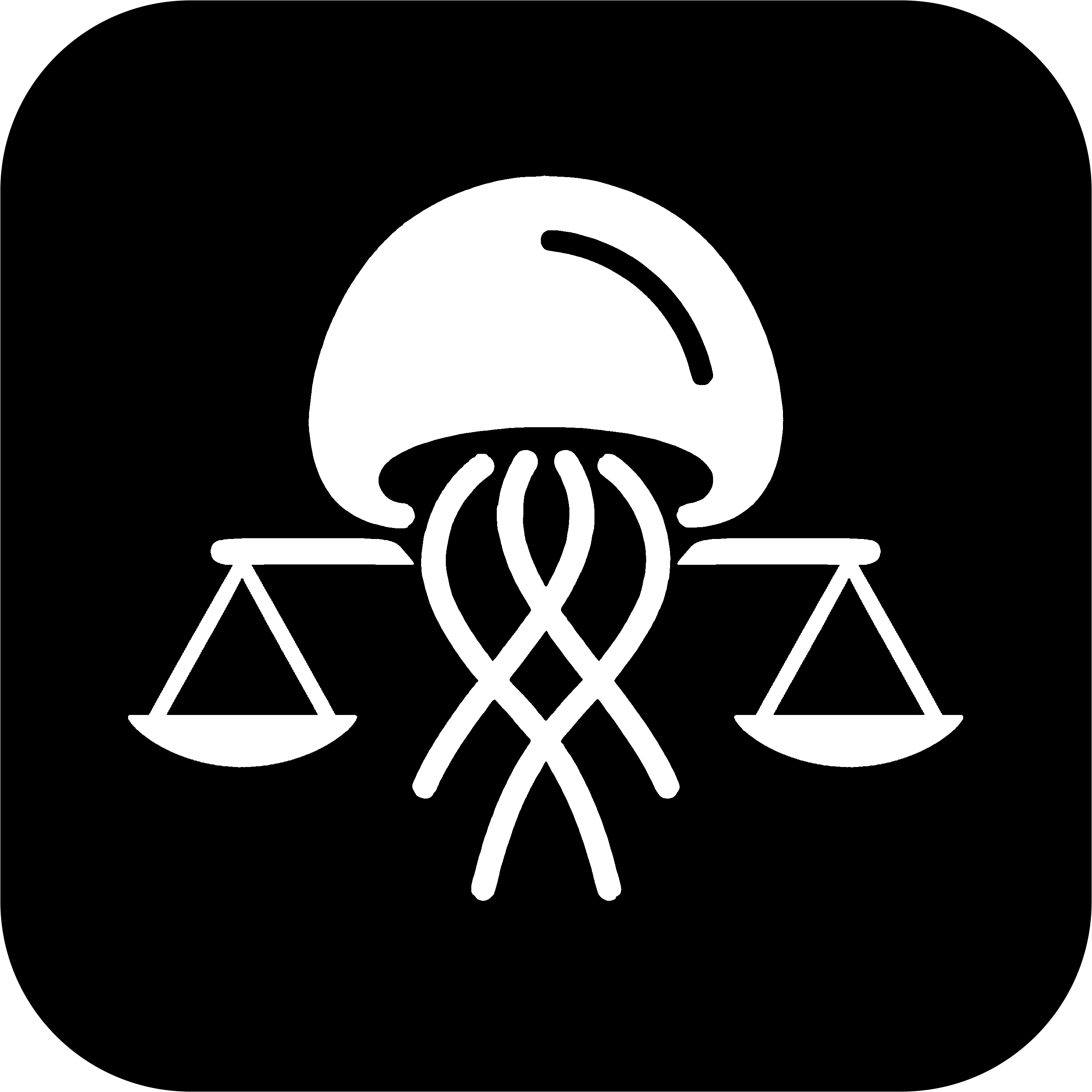What “24/7 Availability” Actually Looks Like for Modern Law Firms

Ask any successful law firm today what sets them apart and “responsiveness” is likely to be near the top of the list. But responsiveness has evolved. It no longer means returning a phone call the next morning or replying to emails within a business day. In 2025, potential clients expect acknowledgment and engagement on their schedule, not yours.
The legal industry is not immune to the expectations set by other service sectors. Clients are now conditioned by healthcare portals, on-demand customer service, and real-time banking. When they visit your website after hours, they expect someone—or something—to respond. If no one does, you risk losing that lead forever.
This expectation creates a major operational challenge for solo and small-to-mid-sized law firms. You cannot realistically have a live staff member working around the clock. Nor can you expect prospective clients to wait for a reply when another firm’s website offers immediate engagement.
That’s why understanding what true 24/7 availability looks like—and how to achieve it efficiently—is no longer optional. It is now central to modern legal practice growth.
The Real Problem: Missed Moments of Opportunity
Every law firm has experienced this scenario. A client fills out a form at 9:42 PM on a Thursday night. They’ve been putting off calling a lawyer for days, but something just happened. Maybe their landlord gave them a final warning. Maybe they were in a car accident and are now in pain and confused. Maybe they got a call from HR that they weren’t expecting.
They land on your website. They fill out your contact form. Then they wait.
The next morning, you call or email back. But by then, they’ve already submitted forms to three other firms—one of which had a chat assistant that answered right away and booked them for a consult.
What happened? You didn’t do anything wrong. But you weren’t available in the moment that mattered.
These moments of intent happen constantly—and not just during business hours. According to legal marketing data, as much as 40 percent of legal website traffic occurs after 5 PM. Your competitors know this. The ones who act on it are capturing more leads while others sleep.
What Clients Really Mean by “24/7 Availability”
It is easy to assume that clients want lawyers available around the clock. That’s not quite accurate. Clients don’t need to talk to you at 11 PM. They just need to feel like the firm is accessible and paying attention.
“24/7 availability” in the modern sense means:
- The ability to engage with a firm at any hour
- A responsive experience that feels guided and informative
- Clear next steps, including follow-up or consultation scheduling
- Confidence that their message was received and matters
This is less about replacing your sleep schedule and more about extending the perception and functionality of your firm’s digital front desk.
Solution 1: Replace Passive Forms with Active Conversations
Your intake form, while better than nothing, is passive. It requires the user to do the work—explain their issue, structure their message, and guess at what information you need. Most visitors will either under-explain or over-explain. Both lead to friction.
Modern chat intake tools flip this around. They guide the conversation and collect only the most relevant information, one question at a time. They mirror the feel of talking to a human intake specialist. This approach reduces drop-offs, especially after hours.
These chat tools can:
- Qualify leads based on legal issue, location, urgency, and case type
- Collect documentation or evidence uploads
- Offer pre-consultation instructions
- Automatically notify you of high-quality leads via email or text
Most importantly, they never sleep.
Solution 2: Automate the Initial Follow-Up
When a prospect submits a case online, silence is deadly. Even if you plan to call them the next morning, they may assume their message disappeared into a void.
A simple, automated email that confirms receipt, summarizes their inquiry, and outlines next steps goes a long way in building trust. This email doesn’t pretend to be a lawyer. It’s professional, informative, and ensures the client knows what to expect.
The email might include:
- A short thank you message with their name
- A summary of what they submitted
- When they can expect a callback
- Optional resources or a scheduling link
Even if you only follow up in person during business hours, this gives your firm a sense of readiness and professionalism that builds confidence.
Solution 3: Create a Weekend and After-Hours Protocol
You don’t need a full-time receptionist on call, but you do need a consistent system for reviewing and responding to weekend and late-night submissions.
Firms should consider:
- Rotating weekend check-ins among attorneys or intake staff
- Using alerts to flag high-priority leads
- Assigning someone to reply to urgent requests within a 6-12 hour window
This shows your firm is not just open from 9 to 5 but also active and attentive during nontraditional windows.
Solution 4: Add a Scheduling Feature to Your Website
When a potential client is ready to act, don’t force them into a limbo of “we’ll get back to you.” Let them schedule a consultation—whether it’s a call, Zoom, or in-person meeting—right from your site.
Tools like Calendly, Acuity, and others integrate with most legal websites and can be embedded into intake workflows. This gives clients control and reduces unnecessary back-and-forth.
Even if your actual appointment is days away, the client leaves your site knowing something is locked in. That psychological closure can be the difference between a retained client and a missed one.
Solution 5: Rethink Who Manages Intake
One of the reasons firms fall short on availability is the assumption that lawyers must be directly involved in all intake. That’s not scalable.
Your intake process should be built to function independently of the attorney. Whether it’s handled by a virtual assistant, in-house staff, or an AI-powered intake tool, the first touch should not require lawyer involvement. This frees up your time for actual legal work while still ensuring leads are being captured and nurtured.
Think of intake as the top of your funnel. It should run automatically, sort intelligently, and escalate only when needed.
Solution 6: Measure Lead Timing and Responsiveness
Many lawyers don’t realize how much business they are missing because they’re not tracking it. You may be generating leads, but if you’re not logging when they come in, when they’re contacted, and what happens next, you’re guessing.
Set up a simple spreadsheet or CRM to measure:
- Time of inquiry
- Time to first response
- Lead quality score
- Conversion outcome
Over time, you’ll spot patterns. You’ll likely find that leads submitted after 6 PM are just as valuable, and often more urgent, than those submitted midday. This will justify investing in a smarter intake system that never clocks out.
Real-World Scenario: The Missed Lead That Didn’t Need to Be Missed
A small family law firm in Chicago receives most of its online leads between 7 and 10 PM, when parents put their kids to bed and finally have time to research legal help. One night, a lead came in at 9:18 PM. The intake form was vague, and the firm didn’t see it until the next morning.
They replied, but the client had already booked a consult with another firm—one that responded automatically and included a helpful resource in the confirmation email.
This story isn’t rare. It happens every week across the country. But it is entirely preventable with the right tools and systems.
Why This Matters Now More Than Ever
We are in the middle of a shift in how clients find and engage with legal services. Younger, tech-native clients are becoming the norm. Urgency, trust, and user experience are driving decision-making.
At the same time, solo and small firm lawyers are stretched thinner than ever. They don’t have the luxury of hiring 24/7 staff or manually checking messages around the clock.
This is why smart automation, when done right, is not a gimmick. It is the new standard. The goal isn’t to replace human interaction. It’s to supplement it at the critical entry point—so clients feel supported, and firms don’t lose business.
Conclusion: Smart 24/7 Availability Is Not About Being Awake All Night
It’s about building a system that acts like someone is always at the front desk. That listens. That responds. That qualifies leads before you even see them.
Firms that get this right don’t just look modern—they operate more profitably. They capture more qualified clients. They waste less time on dead leads. And they provide a better experience for real people in real legal trouble.
LegalJelly makes this possible.
It’s a smart client intake assistant that sits on your website and engages every visitor with professionalism, empathy, and speed. It collects all the right info, keeps the conversation going, and hands off real, ready clients to your firm—day or night.
No advertising. No friction. No leads slipping through the cracks.
Learn more at LegalJelly.com.

